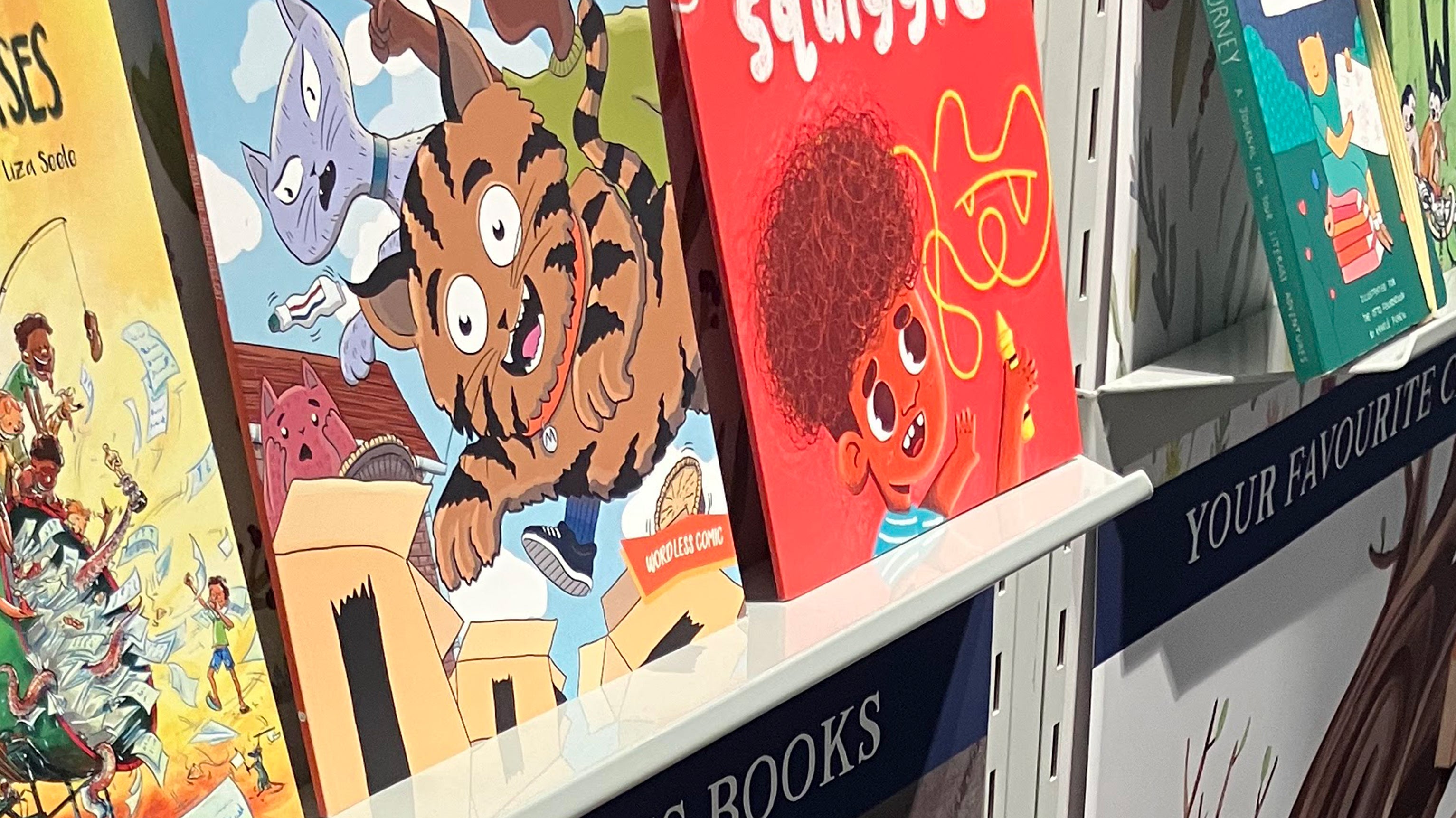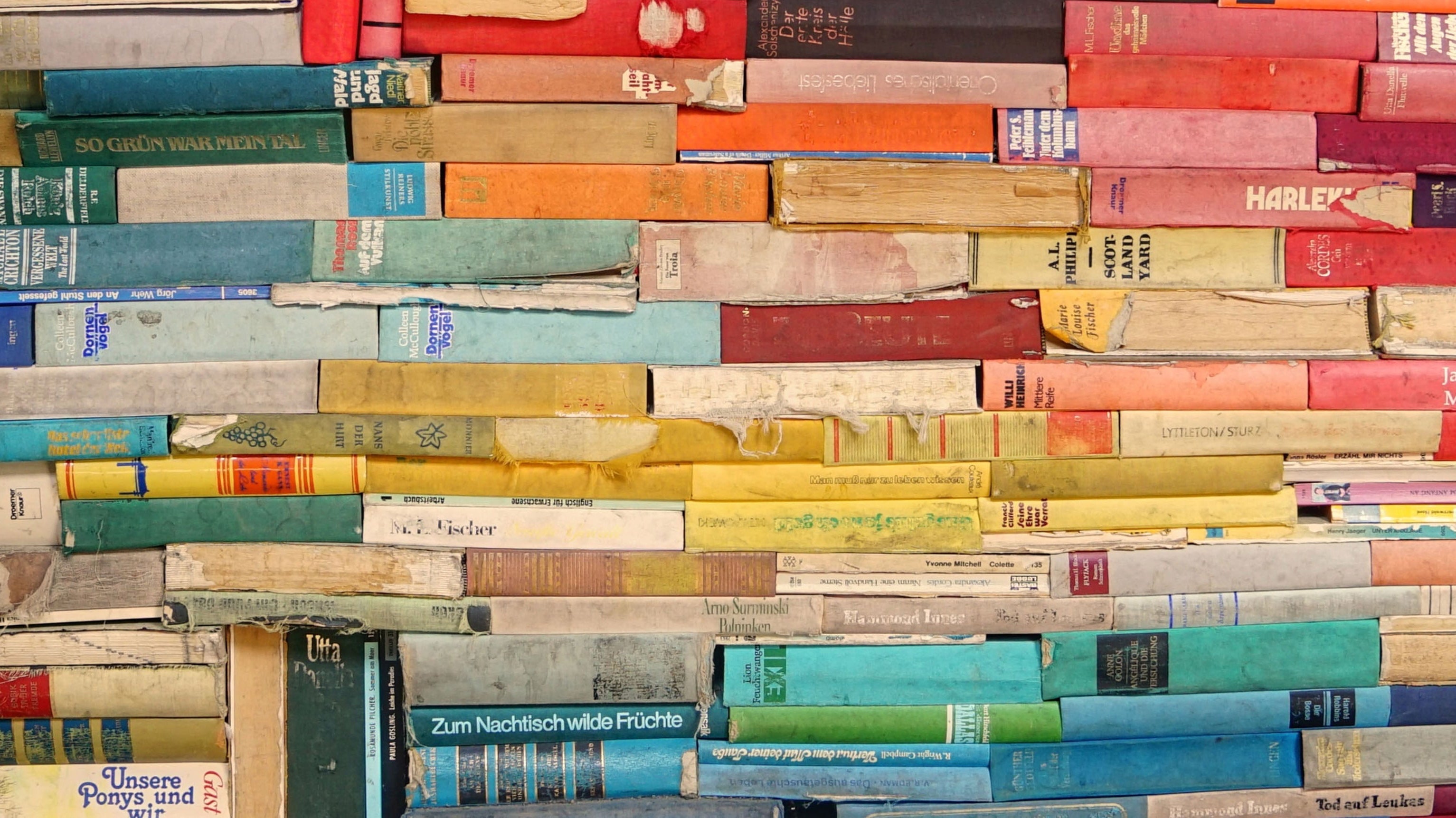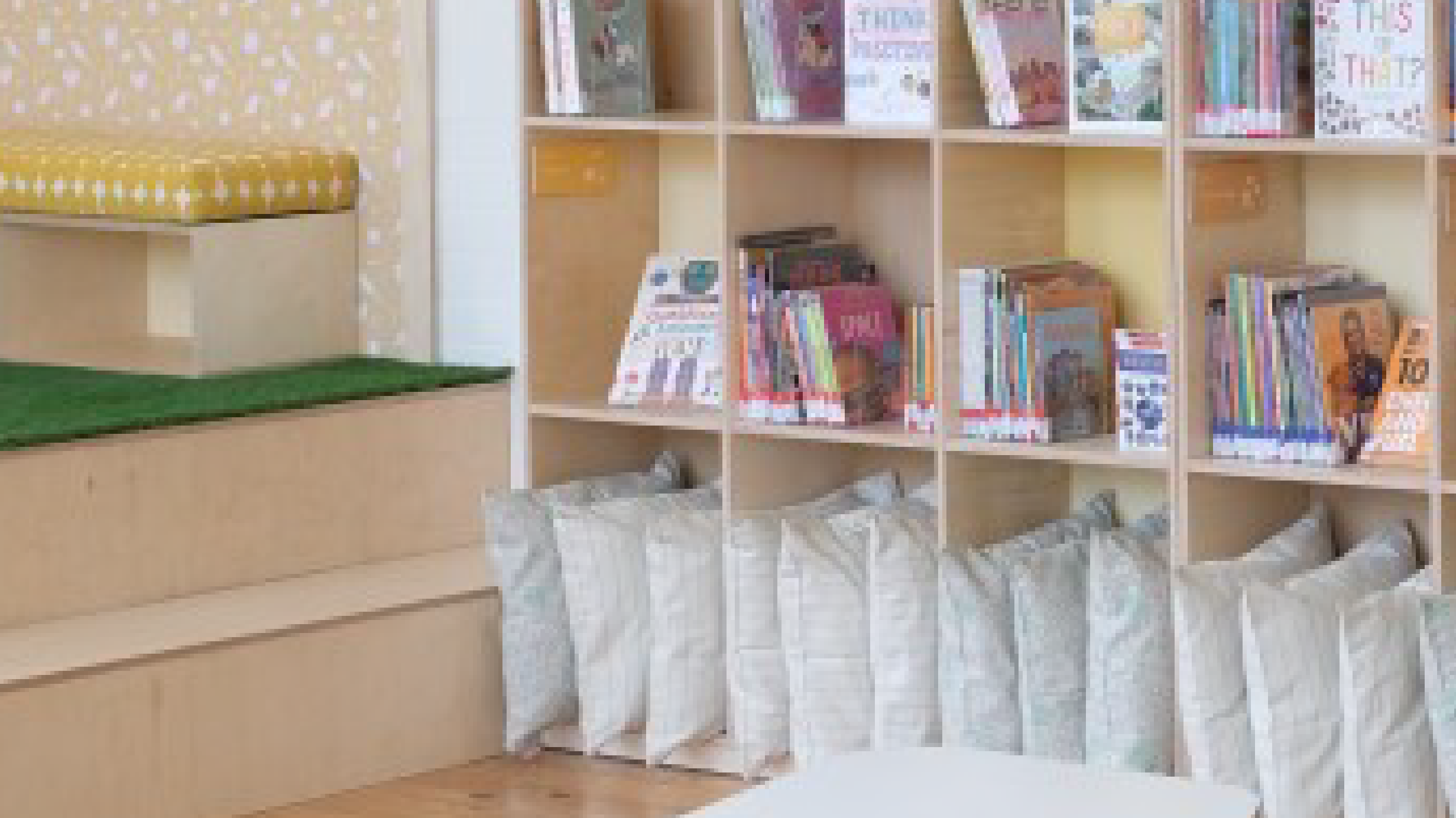If you hadn’t noticed, books are our business. Something that grinds our gears is the reliance on the saying "don't judge a book by its cover". It's great to see a focus on the content and writing, but too often we see a lackluster effort on the physical form of the book, which delivers that content. In a great printed book, the one begets the other.
Out of respect for the book that so many of us take for granted, we're taking you on a journey from the first ream of paper to that magnificent treasure that preserves an author’s thoughts and ideas for posterity. Let's uncover book printing together.
Book Printing Near You
Once an author has completed their manuscript, the next question they want answered is: “Who prints books near me?”. Getting a book into print requires a lot of work and that is one area where the publisher fits in. The publisher is, more often than not, the link between the book printer and the author. Traditionally published authors have little to do with their printers, yet self publishing independent authors need to foster a good relationship.
Although there are a number of book printers in South Africa, it is probably wise to use a book printer nearby. The book printing process requires publisher (or author) and book printer to work together closely. It can help to be able to meet in person to discuss any issues that may arise.
Choosing a printing company that offers printing and book binding in-house is first prize, as it would usually speed up the process of getting the book into the market. However, many excellent printers do outsource certain parts of the production process.
How Books are Printed
To gain an insight into the printing and binding of books, we had a chat with the founder of Imagnary House, Brad Harris. Brad took us through the steps required to print a book, for those who are curious. Brad made the point that even before printing begins, there are two aspects that need to be addressed:
- Print Design (a.k.a DTP or desktop publishing): A designer would set up the book to be printed. Most printing companies would offer this as an in-house service at an additional rate.
- Printer Choice: Printing is either done digitally (using RGB colours) or using a lithographic process (using CMYK colours). Digital printing uses laser printing and tries to match laser to real ink colours, where litho printing uses real ink and usually delivers a higher quality. However, litho is usually only economical when printing five hundred books or more.
Once the above aspects have been addressed, the actual printing process can begin. Digital book printing is very similar to printing on a laser printer and most of us are familiar with this so Brad suggested we only follow the steps in the lithographic printing process (more detailed process found here).
- Layout: The printer lays out the book on the size of paper selected for the print run, usually A1, A2 or A3. The layout is quite an art as the pages are not laid out sequential as the paper they are printed on is folded and trimmed after printing. The layout therefore has to take into account how the folding will affect the page sequence and make allowance for it.
- Proofing: The printer produces an exact replica of the layout, but on standard typing paper and this proof is reviewed for accuracy by the publisher and author. Any changes required can still be made at this point.
- Filming: This is the process where photographs are taken of a very high quality print (also called a camera copy or mechanical) of each page of the book. The negatives thus produced are checked for blemishes. If the book requires coloured printing a separate negative of each colour is produced. And this is where the magic happens, so hats off to the person who developed this technique. Generally, using only four colours; cyan, magenta, yellow and black virtually any colour can be produced. This means only four negatives are required.
- Stripping: The negatives are then taped or ‘stripped’ onto large sheets called flats. Each flat holds either 32 or 64 pages of the book. The Stripper makes sure the type is lined up and that the pages are in the correct order, which, because of the folding process mentioned above, means that some pages are upside down. Don’t know about you, but that would boggle my little brain!
- Blueprints: This is the final stage at which any errors can be corrected or typographical changes still be made without it costing an arm and a leg. An ultraviolet light is shone through the flat onto a light sensitive paper. This process etches the print onto the paper. The resulting print is blue in colour and this is the origin of the term blueprint. The blue prints are checked for quality and errors and changes made if necessary.
- Plate making: Once the flats have received final approval they are photographed again and the negatives are etched onto an aluminium sheet called a plate. The sections of the plates that contain the text and illustrations are then treated with a special chemical which attracts the printing ink for the printing process.
- Printing: The plates are then sent to the printing press where they are installed for the printing process. The number of times the paper passes through the press is dependent on the number of colours in the book, one pass per colour.
- Binding: Once dry and ready for binding, the printed paper is delivered to the bindery. Here the print from each flat is folded into what is called a signature. The signatures are then collated into the correct order, stitched together and the spine glued. The pages are then trimmed so that the folds are removed and each page can be turned individually. The book is then ‘cased in’, the term binders use to describe the addition of the cover.
- Quality Control: Just have to mention book printing prices. There are so many variables that affect the print cost of a book, book size, paper quality, page count, units printed, binding. And this is where the services of a publisher are useful. A publisher would help an author navigate this minefield. Knowledge of the current market and useful relationships with printers and binders short circuit the process, especially for new and self-publishing authors.
At all stages of the above process quality checks are carried out to ensure that the final product meets with the approval of the client. Finally, much to the delight of the author, the book is delivered for distribution... where even more magic happens, especially if it’s another Harry Potter!
If you have a book lurking in your brain, reach out to us and let us help make it a reality with our book printing assistance.





